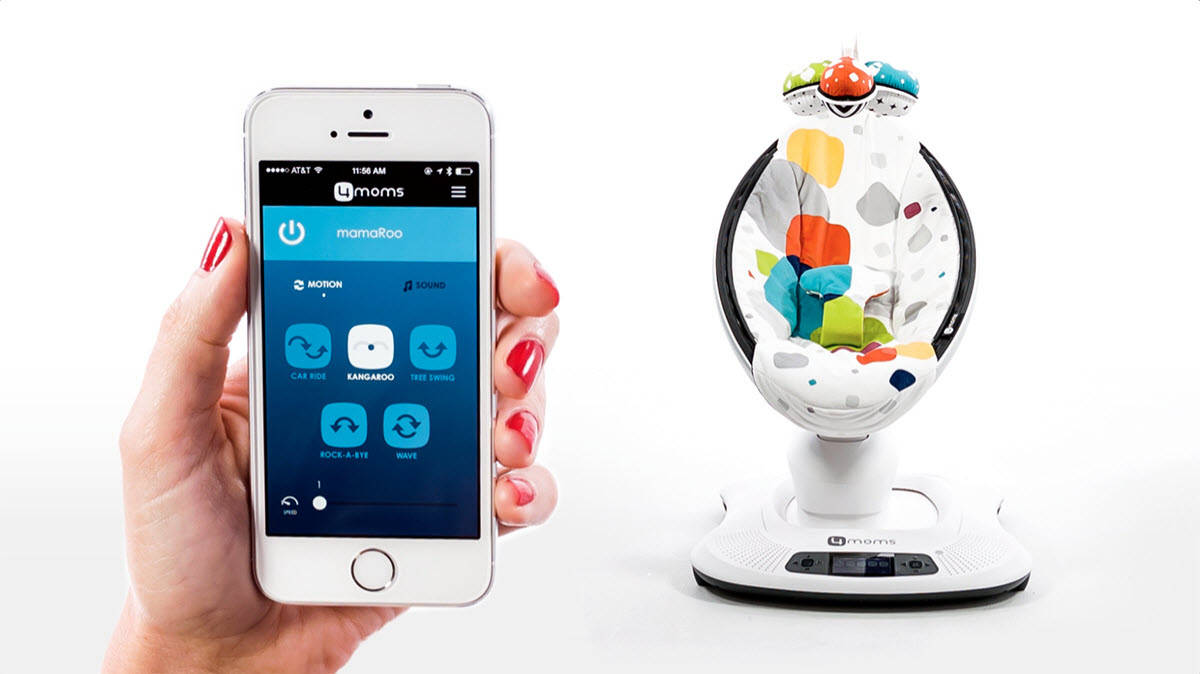 NEWS
NEWS
 NEWS
NEWS
 NEWS
NEWS
At the bleeding edge of technology, scientific miracles solve real problems. Digitization is heralded as the savior in this scenario, the mega trend transforming businesses, products and services across the board. Characterizing the current state of the Big Data market, digitization is leveraging human input for software development to optimize business. It’s a hot topic being discussed at this week’s Big Data SV conference, where one analyst considers connected objects a resource enabling today’s digitized business.
“The whole concept of digital transformation is, ‘how do I let data do the work of the business that previously might have been done by people?’” said Peter Burris, head of research here at SiliconANGLE, during an analyst segment at Big Data SV. He added that identifying how best to incorporate data and translate it into digital assets including software, prescriptive analytics and disparate data sources from the Internet of Things will make said concept of digitization a reality.
“We have a pretty good idea of how to utilize Big Data technologies to improve operations through better benchmarking of what we do and how we use those operational assets. Now we’re trying to figure out how to solve the problems of demand — the problems that are fundamental about what to build, how much to build and when to build it,” Burris furthered.
Use cases are integral to enabling digitization in Burris’ vision, cluing in businesses as to practical and successful methods that move the Big Data market forward. To that end, I recently had the opportunity to interview 4moms (Thorley Industries LLC) on their digitization strategy after the recent launch of their magnet-guided high chair.
Co-founded by a roboticist and an MBA grad, 4moms takes a unique, technology-driven approach to improving juvenile products. As the trend towards connected devices looks to consume every inanimate object on the planet, there’s plenty of pressure for a millennial-favored brand like 4moms to embed their entire product line with sensors to follow each unit’s life cycle.
After all, appliance manufacturers are digging deep into consumer behavior by collecting data on washing machines, refrigerators and thermostats, passively gathering information that can help improve product design. Commercially, elevator makers and utility providers are applying similar methods to proactively maintain products and better anticipate repairs. Indeed, several of 4moms products are connected, including a market-disrupting car seat that self-installs and the famed mamaRoo baby bouncer that can be smartphone-controlled for motion and music. The 4moms mobile app is central to the user experience for the company’s connected items, acting as the interface for the gadgetized car seat and the portal for remote-controlling the baby bouncer.
Mara McFadden, Director of Product Management at 4moms, explains the app’s many uses specific to the car seat:
The app uses the internal accelerometer and gyroscope in a smart device to calculate the incline. The app tells the base, which then compensates for this measured slope when auto-leveling – this something that no other car seat on the market can do.
The customized installation app experience also includes a VIN capture. Parents can take a photo of their VIN number and the app recommends a specific seat position for installation based on the vehicle make and model.
The app will also feature a verification dashboard that allows parents to view current seat status, providing confidence that the seat is installed correctly when in use.
Lastly, the app can be used to track the growth of the baby, which enables it to provide reminders to check harness and headrest position, and proactively alert the parent when their baby is outgrowing the seat.
While 4moms doesn’t yield to temptation when it comes to connecting all its products, its evolving mobile app remains a key engagement tool that ultimately influences the company’s operations. Even the new high chair has a special place in the 4moms app, with links to register the product, contact support or write a review.
“We incorporate technology into our products where it makes sense and when it’s solving a real problem for parents – not just for technology’s sake,” Mara stated. “With the high chair, for example, we heard that the two biggest pain points were tray installation and overall cleanability. Rather than trying to fit a square ‘technology peg’ into a round hole, we were able to solve these concerns using magnets and a modern design.”
For 4moms, the app becomes the market research tool that lets data “do the work that previously might have been done by people,” as Burris noted in regards to the benefits and purpose of digitization. The app crafts a centralized mechanism for culling the disparate data sources needed to solve that problem of demand, guiding 4moms on what to build, how much to build and when to build it. This new mom is glad 4moms built a beautiful and pragmatic high chair precisely when they did. Read my hands on review here.
THANK YOU